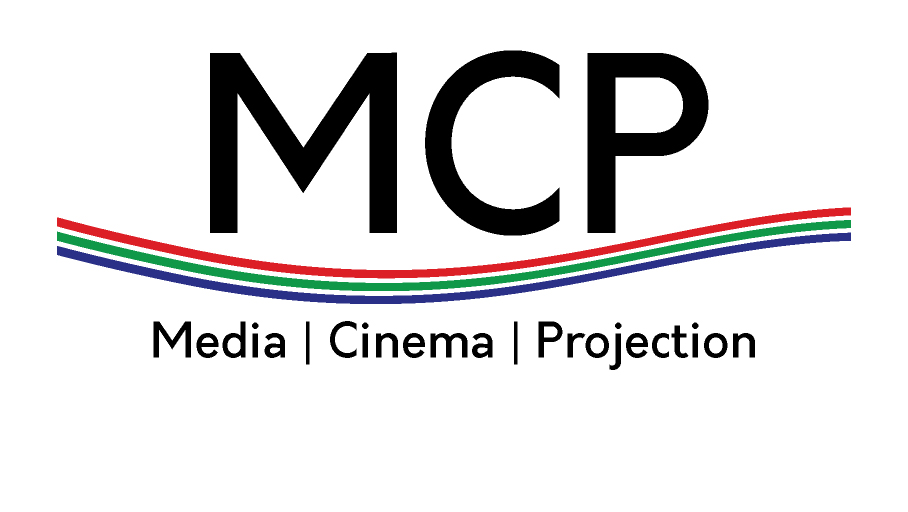Digital technology has not only allowed us to preserve our audiovisual archive heritage in a reliable and space-saving fashion. It has also, in some cases, allowed us to restore the quality of the sound and vision of our archival heritage. Crucially, the development of the Internet has provided an ideal platform for audiovisual archives to open up their treasure chests to the general public. Sites such as Europeana, the European Film Gateway or EU Screen now allow us to access picture and sound recordings dating back to the very birth of cinema. But technology alone does not solve all problems. First of all, preservation costs money. Digitisation requires time, equipment, skills and manpower. Server space and bandwidth have to be provided for. And then there is copyright: works that are still protected cannot be given access to or even be digitised without the authorisation of rightsholders. Given that the copyright term of protection in the EU is seventy years after the death of the last surviving author, this excludes most of the works made in the twentieth century! On top of that, many of those works which are still protected are “orphaned”, that is, their rightsholders are unknown or cannot be located, and hence they cannot even be asked to permit the preservation and making available of their works.
Three different aspects of this conundrum and the solutions that are proposed at EU level are the subject of the European Audiovisual Observatory’s latest IRIS plus report:
Author of the lead article Catherine Jasserand (Institute for Information Law – IViR – University of Amsterdam) concentrates on the Public Service Information (PSI) Directive first adopted in 2003 and subsequently revised in 2013 as the principal legal text in Europe which regulates re-use of public service information.
Jasserand explains that the original PSI Directive adopted in 2003 was intended to encourage the re-use of public service information, thus “stimulating the economic potential of information produced, collected, processed and disseminated by the public authorities in the performance of their public tasks.” At the time, “public information” was understood to have come from public sector ministries and public bodies and also included geographical, weather or traffic information. This instrument did not oblige EU countries to make available all their public sector information, it simply encouraged them to do so. However, once they decided to allow re-use, then they had to apply the Directive. Educational and cultural information as well as information held by public service broadcasters were specifically excluded from this original Directive.
It was against the background of the European Commission’s Open Data initiative that the notion of “opening up” the resources in cultural institutions was born. The two revision phases were accompanied by various studies on the economic value of cultural information which served as a concrete basis for the Commission’s conclusion that “opening up public domain materials held by cultural institutions for re-use would contribute to ‘stimulating PSI re-use across the EU’”.
In December 2011 therefore, a proposition was made concerning the scope of the revised Directive. It was suggested to extend this legislation to three categories of cultural institutions : museums, archives and libraries. Most film heritage institutions henceforth also fell under the Directive as public sector bodies. Public service broadcasters and their subsidiaries remained excluded due, in part to the high volume of third party copyright protected materiel they hold.
Jasserand then delivers a very useful analysis of the rules set up by the revised PSI Directive. She explains the exact definition and implications of re-use of public service information, the role of copyright and licensing, the various formats in question, the charges and information to be provided around this information (such as metadata).
The author concludes that “the impact of the rules of the revised Directive on audiovisual archives appears contrasting.” The rules promoting re-use of archival material are only applicable to material in the public domain. Clearly, defining IP ownership with such documents is always a challenge. On the up-side, the PSI Directive does offer economic opportunities to audiovisual archives by allowing a charge for the re-use of materials at cost recovery together with “a reasonable return on investment”.
The Related Reporting section of this new publication provides short articles giving a comprehensive overview of the presents the results of almost a decade of EU measures aimed at fostering the digital preservation of our cultural heritage..
The final Zoom section concentrates on the often thorny question of “ownerless archives” – the so-called “orphan works” and the specific European Directive which regulates the conditions of their use.
If Europe’s cultural institutions hold a ‘goldmine’ of archive material, then this latest Iris plus throws more than a few nuggets in the path of the filmmaker or researcher…
